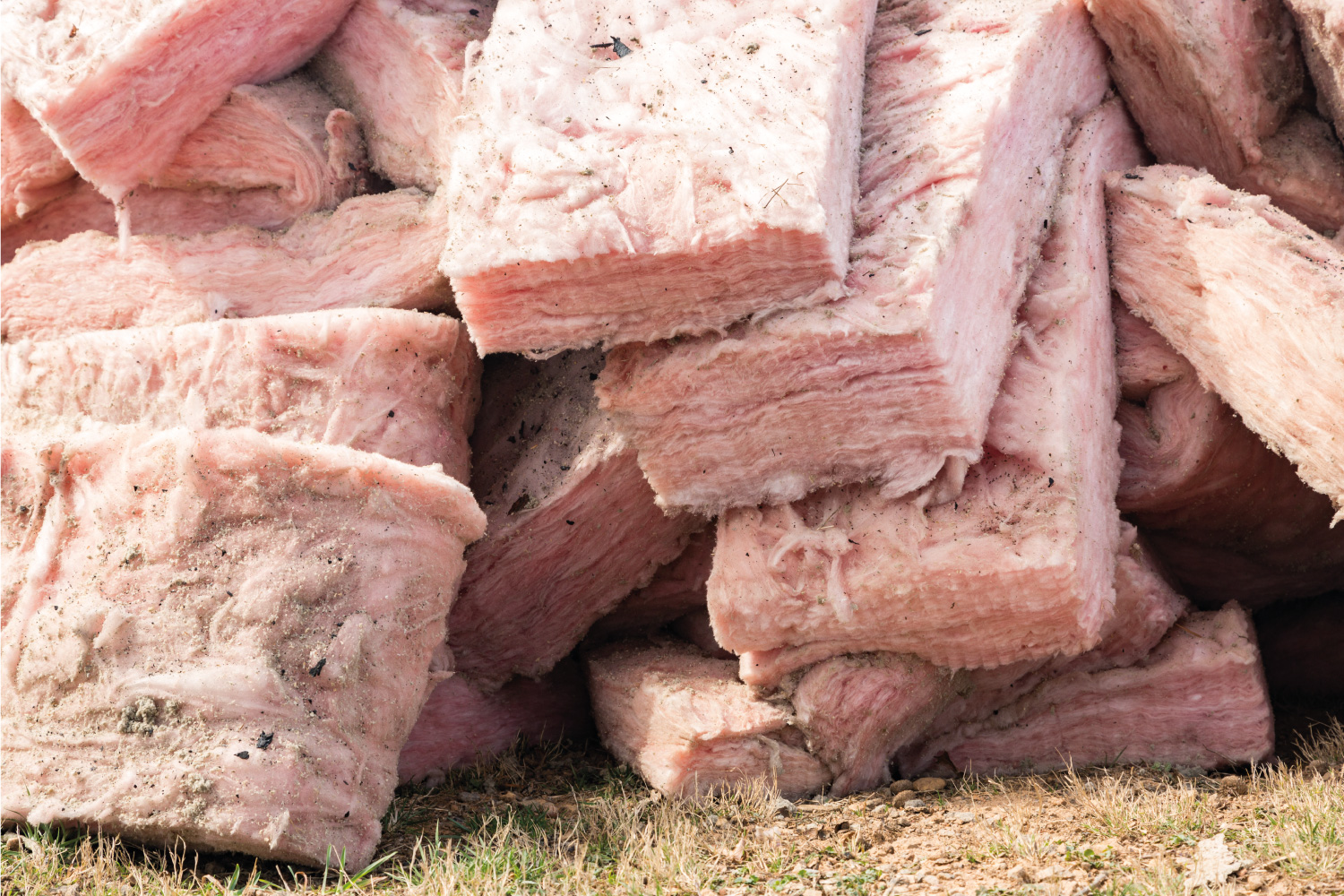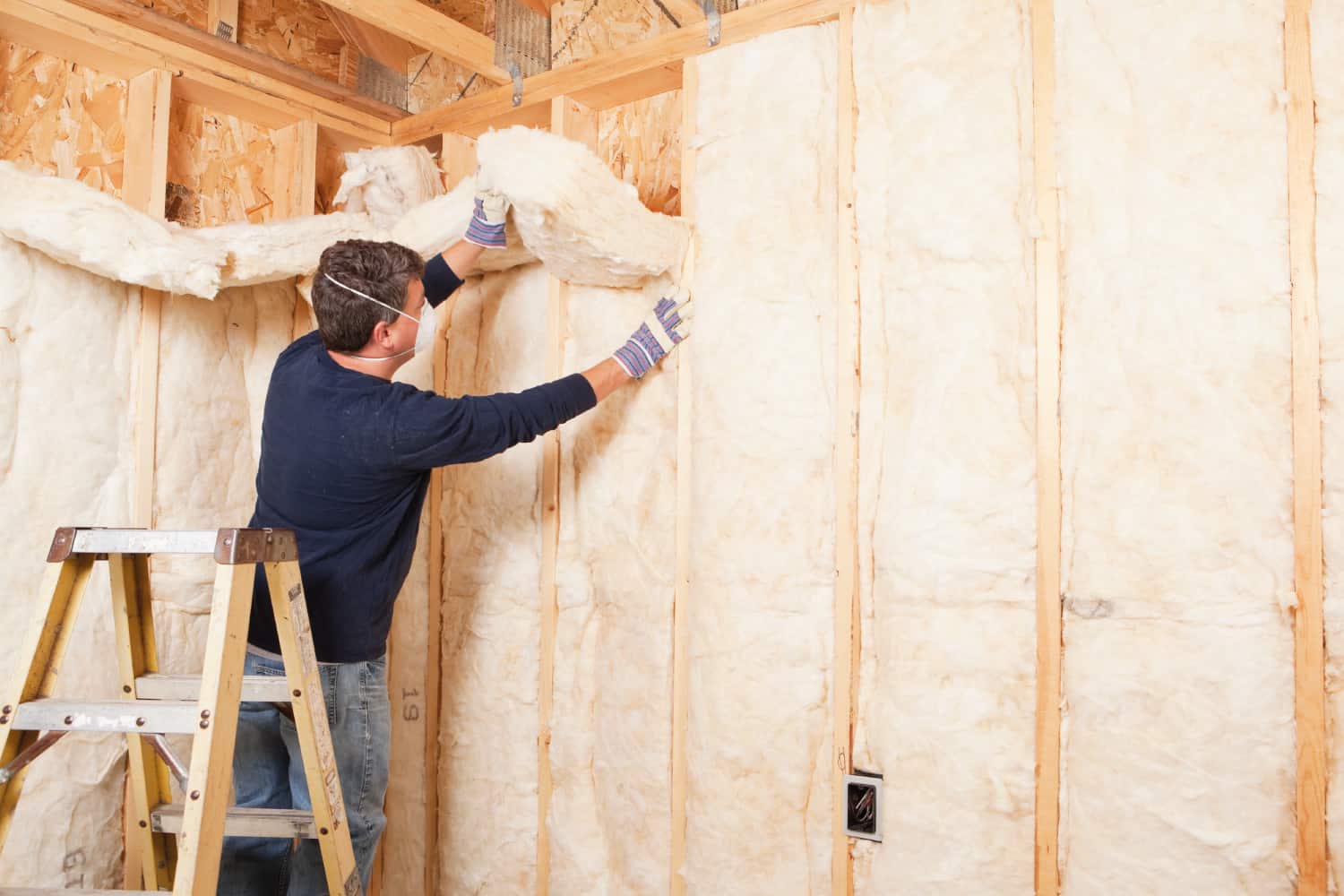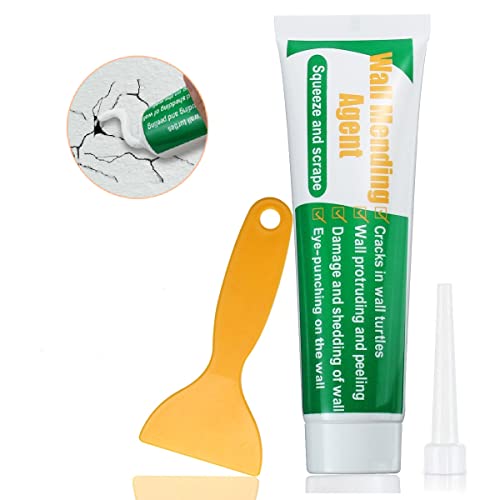Fiberglass is basically molten glass spun into fibers. The material indeed is durable, but it can also wear off over time. So how long exactly does fiberglass insulation last? We’ve got an answer for you!
Given that the material is not exposed to too much dirt or moisture and punctured, fiberglass insulation can last for 80 to 100 years. Unlike other insulation materials, it doesn’t rot or warp.
Upon learning that fiberglass insulation can last a lifetime, does that make it the best insulation choice for your home? Read on as this post will discuss the R-value, effectiveness, as well as pros and cons of fiberglass insulation.

Our team has explored this topic in-depth, creating a series of articles about the lifespan of various types of insulation. Before we move on to explore the question of how long does fiberglass insulation last, we wanted to draw your attention to these two articles (just to make sure you scroll back up and read them too!)
How Long Does Cellulose Insulation Last?
And the ultimate guide comparing all types of insulation and how long they last.
When Does Fiberglass Need to be Replaced?
Yes, fiberglass insulation can last for many decades, but experts say that it can start breaking off the batt 15 to 20 years after installation. So it is advisable for homeowners to perform a home evaluation or inspection once the insulation is past 10 years.

Factors that Reduce the Lifespan of Your Home Insulation
Regardless of the type of insulation you have at home, watch out for the following factors that can shorten the lifespan of your insulation:
- Water leaks (e.g. ice dams, broken seals, and clogged drains)
- Mold infestation (mold and mildew thrive where there’s moisture)
- Dirt and dust accumulation (air leaks can transport dirt and dust)
- Severe temperature (temperature and humidity can damage your insulation)
- Puncture or damage (stress across the layers of fiberglass can cause the material to pull away from each other)

How to Know if your Fiberglass Insulation Needs to be replaced?
Are you having insulation problems, but still unsure whether it needs to be replaced or not, here are some signs to look for:
1. Unpleasant smell that doesn’t go away
Have you already checked everywhere in the house, but there’s still that lingering moldy smell? There might be an infestation in your insulation that’s causing unpleasant odors across your house.
2. Allergies that only get worse
When fiberglass insulation starts deteriorating, the material breaks away from the batts and sticks to your skin, causing dermatitis. Mold and mildew can also cause severe allergies over time.
If you or some members of your family have been suffering from allergies that only get worse and you can’t seem to pinpoint what’s causing it, it might be time to check your insulation.
3. Sudden increase in your electric bills
It's normal for electric bills to go up sometimes, but not as twice as high. If there’s a sudden increase in your energy bill, it could be because your HVAC is overworking due to failing insulation.
4. Uneven temperature in your house
If it’s not the blocked vent or damaged windows that are causing some areas of your house to be drafty, it might be your insulation already.
5. Pest infestation
Rodents, insects, and termites feed, and other household pests feed on and nest on old insulation. The recurrence of uninvited guests in your house might be an indication that it’s time for insulation replacement.

What is the R-Value of Fiberglass Insulation?
The R-value is the insulation’s thermal resistance. The higher it is, the more effective the insulation is. See how fiberglass insulation compares to the other types of insulation:
| Insulation Type | R-Value per inch |
| Fiberglass (blow-in) | 2.2 to 2.7 |
| Fiberglass (batts) | 4.3 |
| Cellulose (blown-in) | 3.75 |
| Spray foam (open-cell) | 3.6 |
| Spray foam (closed-cell) | 5.8 |
Due to the effectiveness of fiberglass batt, it is commonly placed in between framings for walls, attics, and ceilings.
Fiberglass Insulation: Advantages and Disadvantages
You might want to consider the following pros and cons before installing fiberglass insulation:
Pros
Easy to install. Fiberglass batts are designed to fit into the standard joist sizes used for floors, ceilings, and dividers. Hence, it is easy to unroll during installation.
Safe from humidity. Fiberglass can temporarily lose its R-value when wet. But, once it’s dried up it retains its insulating properties, given that it has not been heavily compacted. Just watch out for fiberglass insulation within closed walls as it takes a while to dry.
Affordable. Fiberglass insulation is one of the cheapest insulation options available to homeowners. It’s actually cheaper than spray foam insulation. Fiberglass per square foot can only cost up to $0.50, while spray foam can cost up to $1.50 per board foot, depending on the type.
Energy-efficient. Fiberglass insulation traps the pocket of air, making your home more energy-efficient. This reduces the use of your HVAC during summer or winter without sacrificing comfort.
Reduces noise. Fiberglass insulation also serves as a noise barrier as it can absorb sound. The thicker the fiberglass insulation, the more sound it absorbs.
Environment-friendly. Worried about fiberglass insulation’s impact on the environment? Don’t be! It is made of sand and glass, which are both renewable resources. Almost 50% of the materials can be renewed.
Cons
Harmful to your skin. It is made of tiny fibers of glass, fiberglass can pierce through the skin, causing itch and redness. It can also irritate your eyes. That‘s the reason why it has fume hindrance covering it.
Loses thermal resistance when wet. As mentioned, fiberglass can be useless when wet. You have to wait until it’s dried up before it functions adequately again.
Mold issues. Fiberglass allows the air that carries spores to pass through. This, combined with moisture, invites mold and mildew.
Coverage issues. Usually available in pre-cut, 16 or 24 inches, the standard fiberglass batts sizes cannot accommodate uneven shapes in house constructions. Unfortunately, even a small gap can reduce the overall R-value of the fiberglass.
Attracts mice and pests. As fiberglass insulation ages, it attracts mice, rodents, and other pests due to it being naturally warm and comfortable.
Ways to Handle Fiberglass Insulation
Wear PPE
Make sure to wear the following personal protective equipment before you install fiberglass insulation:
- Long sleeves and pants
- Mask
- Gloves
- Safety glasses
- Helmet or cap
Wearing PPE keeps fiberglass materials out of your skin and hair. In case, it gets in contact with your eyes, avoid rubbing it and wash it with water immediately.
Don’t take fiberglass from its packaging until it's ready to be the installed
Just let the fiberglass sit in its original packaging until it's time to install it. This prevents getting in contact with the material.
Use cutting tools with a built-in dust collector
Use only the right tools and equipment with a built-in dust collector when cutting the fiberglass. This maintains the cleanliness of the area while you're working. Also, don’t forget the proper ventilation.
Other tips when installing fiberglass:
- Don’t stir up the particles.
- Avoid food consumption while working because food might carry fiberglass materials into your mouth.
- Wear sturdy socks and safety shoes.
Why Does my Insulation Turn black?
Air that gets through the fiberglass insulation may contain dirt and dust. Over time, the dirt accumulates, causing the insulation to turn black. The process might not be noticeable immediately.
How to fix it?
First, determine where the air leak is coming from, then fill it with foam or caulk. If the hole is too big, it may need a piece of repair fabric to get patched.
If you cannot fix it yourself, ask the help of a professional. They can provide the best possible solution for your problem. It’s relatively simple, but it can save you a lot of money in the long run.
Can Fiberglass Insulation be Reused?
After initial installation, you can remove the fiberglass and put it back into place. Not only that, but it can also be reclaimed after a house demolition and transformed into a new product.
The National Insulation Association continues to find ways to recycle fiberglass insulation. If you’re unsure what to do with your old insulation, you can ask the waste management to deliver it to the recycling facility instead of landfills.
Is Fiberglass a Fire Hazard?
Made of plastic polymers, fiberglass is naturally fire-resistant. However, it can come with batts with foil or paper, which are combustible. Fiberglass itself is not flammable, but it may contain other materials that can burn.
Safety and Mitigating Tips
Avoid leaks, as moisture can heavily compact the material. Electrical obstructions or boxes can also squeeze or damage the fiberglass, which can also reduce its lifespan. The bottom line is to keep the fiberglass in its fluffed state to retain its insulating properties longer.

Conclusion
Fiberglass insulation is an affordable yet effective insulation option for homeowners. However, it can become useless when wet, so it’s important to check for any source of leaks in the area before installing it; otherwise, it won’t be as efficient as it should be.
If you like this post, you might also like:
What’s The Best Insulation For Soundproofing Ceilings And Walls?

